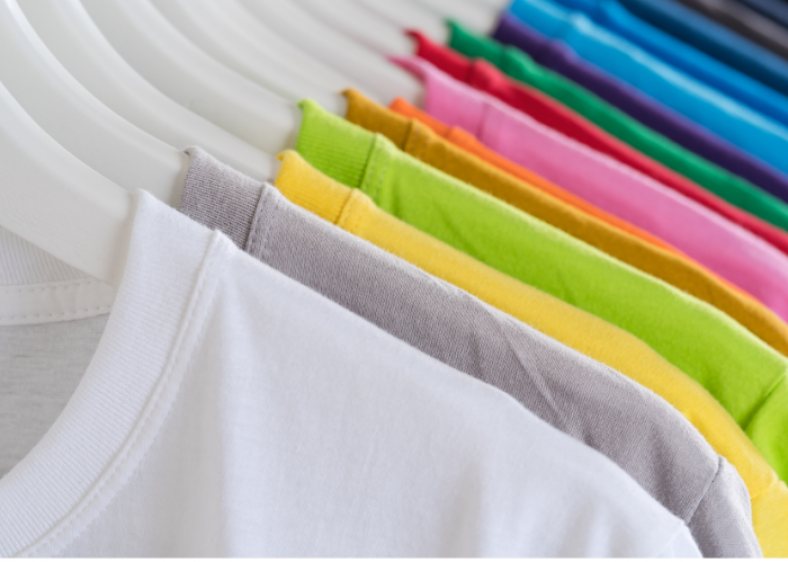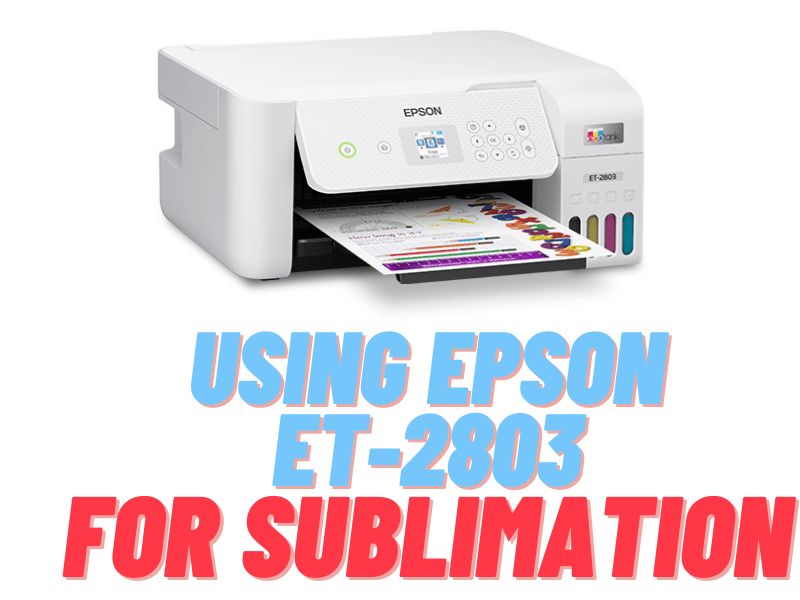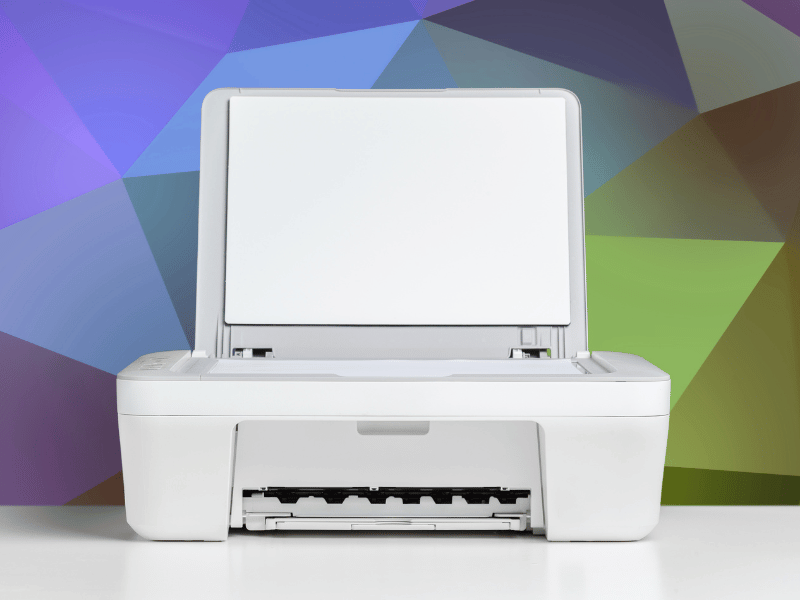Direct to film printing or DTF is a cropping technology that lets users print their artwork T-shirt designs onto notable films. It’s a particular approach that lets one merge heat transfer and digital inkjet printing. DTF is a thermal printer that has last provided the traditional silkscreen prints.
How does DTF work on shirts?
There are a few major procedures involved in transferring an image from the Printer to the final output. Below is how DTF works on shirts.
- Create/ prepare the artwork – Use the RIP program with DTF transfer capacity to receive the ICC profile of the ink company.
- Print the image – Once the art is designed, the image is punched onto the PET film. Some models on the market vary from smaller Desktop designs to huge industrial printers with breath up to 24 inches.
- Add adhesive powder – Once the film is used up, the user replaces the heat –melt grind onto the transfer.
- Apply heat – Once the talc is set, the user transfers the film into a hot press. Dissimilarly, a conventional heat transfer in this phase is distinct.
- Remove transfer – When you apply this transfer process, some manufacturers prefer poly prints or recommend a cold peel process (waiting until fill stick onto shirt has cooled down) to remove the fill from the material.
T-shirt DTF printing Equipment:

Direct to film approach empirically removes restrictions that are usually experienced in other garment printing processes, mostly during which printing material is selected. Listed below are some T-shirt DTF printing tools.
- Direct to film Printer:
They are also called modified printers. These regularly have the elementary basic six-color ink tanks printer such as Epson L800, 1800, and L805. The reason these arrays of printers are popular is that they give a six-color print.
- Film:
PET films are utilized in DTF printing activity. These films are dissimilar compared to those used in screen printing. Their thickness is around 0.75mm and with good transfer features.
- Software:
This is the crucial phase of the process. ACRORIP 9 version is utilized for direct to film printing. It has strange characteristics of turning the LC and LM color to white printing. Everything is commanded at this point only. The link limits, size, paper, texture, and printer settings for best output.
- Hot adhesive powder:
The TPU powder is white and black in appearance and serves as adhesive material that ties the colored pigments. In print to the threads in the material, there are distinct grades of the DTF hot melt grind that is prescribed in microns.
- DTF Printing tanks:
These are distinctively designed DTF ink found in cyan, magenta, black, yellow, and white colors. The direct to film ink matches well with Epson heads. The white ink is an unusual component that brings out the white foundation of the print on the film and over which the colored art is printed.
- Heat Press Machine:
This device is majorly utilized for transferring images written on the film to the material. It can also be adopted to heat the hot melt grind on the DTF film.
How to do DTF printing on the T-shirts:
Below is a guide on how to do DTF printing on a T-shirt.
Step 1-Print on film:
Other than using normal paper, put the PET film in the printer tray. First, print the whole page in white onto the PET film. Then, using the correct settings of color in the Printer, print the needed image on the white image sheet.
Step 2- Powdering:
This phase applies a hot melted grind on the film that already has a printed image. The grind is applied evenly when the print is watery, and the extra powder needs to be dusted cautiously. The significant thing is to make sure that the powder is equally spread onto the printed surface of the film.
Step 3-Melting the powder:
As the name suggests, the grind is melted in this phase. These can be achieved in several ways. The most regular way is to put the film with the printed image and spread the powder in the curing oven heat.
Step 4-Pre-pressing:
The phase involves the pre-punching of material in the preparation of image transfer by the film. The material is reserved in the heat press and pressurized below heat for 2 to 5 seconds.
Step 5. Transfer:
This is the Centre of the DTF print process. With the PET film having the image and melted grind, input the pre-punched material in the heat press for a robust adhesion between the material and the film.
Step 6- Cold Peel:
It’s crucial that the material and the now attached film on it cool down to room temperature before it is peeled off. Since the heat melt has a characteristic similar to amides, as it becomes cool, it serves as a binder adhesion with threads on the material. Once the film is cooled, it must be removed, only leaving the expected art printed in ink over the material.
Step 7 Post- Pressing:
This phase is not mandatory but greatly recommended for good results and high-performance parameters like wash and rubs swiftness.
FAQs:
DTF printing gives much versatility when printing directly on a garment. direct to film gives one much flexibility as an individual can print on several materials, including leather, cotton, nylon, rayon, and polyester.
It’s possible, direct to film printing is a peculiar printing technology that involves printing art onto exceptional films for transfer onto textiles. DTF printing is a heat transfer process that has the potential to last just like the original silkscreen printer.
Epson with six colors ink tank or more like Epson L1800. Direct to film printers are usually referred to as modified printers. These types of printers are commonly the elementary six-color ink tank printers such as Epson P600, L805, L800, and L1800. The cause to why these types of printers are becoming popular is that such printers operate in 6 colors.
There are numerous matching materials, dissimilar to DTG technology which only work on cotton materials. This, therefore, insinuates that such printers operate on a much broader substrate, making it a good digital printer in the market. DTF printers operate on both white and dark clothes. Digital printing on dark T-shirts or material is not exactly the same as printing on white or light material.
Conclusion:
DTF printers merge reliability, unmatched quality, and great productivity. They can accommodate large production capacity, which is important in this rapidly growing industry. Another merit of direct to film printing over a traditional one is that it’s affordable. There is no worry that the fashion industry is exceedingly targeting sustainability. It’s also simple to commence than direct to garment (DTG) printing as the process liberates the designers with few easy adjustments to their current printers.




